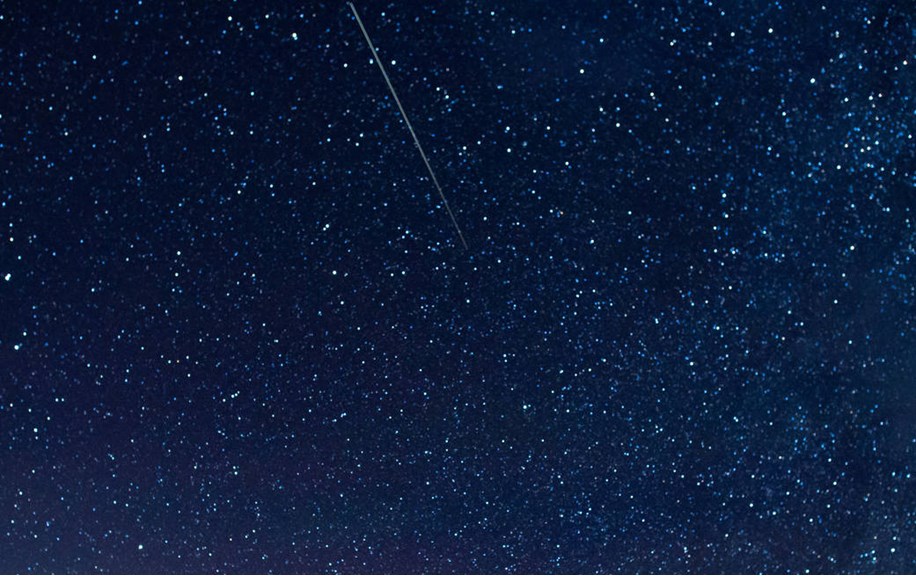Meteors and meteorites
Meteorites are some of the oldest rocks in our solar system and studying them helps us understand how the solar system was formed.
Do you know your meteorites from your meteors? Your stony meteorites from your iron meteorites? Take our quiz to test your knowledge!







